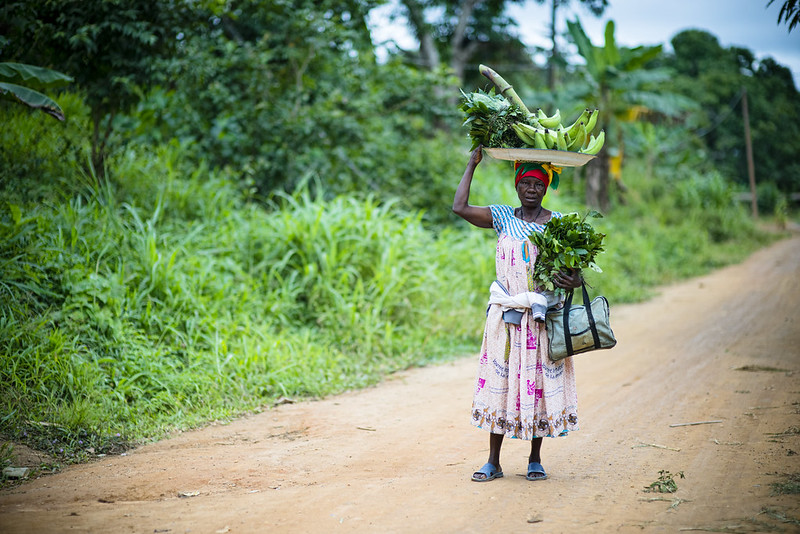Obesity and micronutrient deficiencies are two sides of the same coin. Both of these forms of malnutrition are on the rise and need to be addressed. While malnutrition is increasing, global food production continues to drive climate change. Food production has to become more sustainable to meet the demands of a growing global population. Agroforestry can help us produce enough nutritious healthy food without breaching the limits of a stable climate.
Agroforestry is a farming method that integrates trees into crop production and/or animal husbandry. This combination creates a more resilient farming system that promotes biodiversity, reduces carbon emissions and boosts ecosystem services. Its potential for addressing global challenges, such as nutrition deficiency, is becoming more apparent. A recent brief from the Agroforestry Network highlights agroforestry’s role in reducing global malnutrition, while increasing gender equality and empowering local and indigenous communities at the same time.
The key to agroforestry’s potential in reducing malnutrition is crop diversification. Agroforestry systems can create year-round harvests of different fruits, nuts, legumes and vegetables, which close the hunger gap between staple crop harvests. Experience also shows that livestock health improves in agroforestry systems, which can lead to greater milk production.
Micronutrient deficiencies and undernourishment can be addressed by switching the focus from food quantity to food quality. Traditionally cultivated species are often richer in nutrients, proteins and fibers in comparison to conventional high-yielding crops. Knowledge of these species and their benefits often comes from indigenous communities. This is an excellent opportunity for the empowerment of indigenous people seeking their knowledge and expertise on how these species can be optimally integrated with staple crops.
In many countries, a crucial aspect of tackling malnutrition is working with rural women, tapping into their knowledge and abilities to manage resources. Their knowledge of conservation practices, soil fertility and forest ecology are indispensable when implementing agroforestry systems. Often, rural women are better at identifying and preparing non-timber forest products than men. This knowledge gap between men and women largely exists due to traditional gender roles. For example, rural women are usually responsible for childcare, so they have to learn about the nutritional values of different food species. However, women have less access and control over agricultural resources in comparison to men. So, women empowerment is central to the success of agroforestry systems and can help combat child malnutrition.
Rethinking policy for agroforestry
Policymakers need to promote agroforestry as a tool to combat malnutrition. A good starting point is to rethink policies that focus on volume production. Instead, policy should support the production of foods with high nutritional value. Other action points include women’s empowerment and the promotion of local and traditional knowledge about indigenous species. This could be done by raising consumer awareness about the health benefits and nutritional value of indigenous species. Building policy support for agroforestry can address a multitude of global challenges, including climate change and malnutrition.
